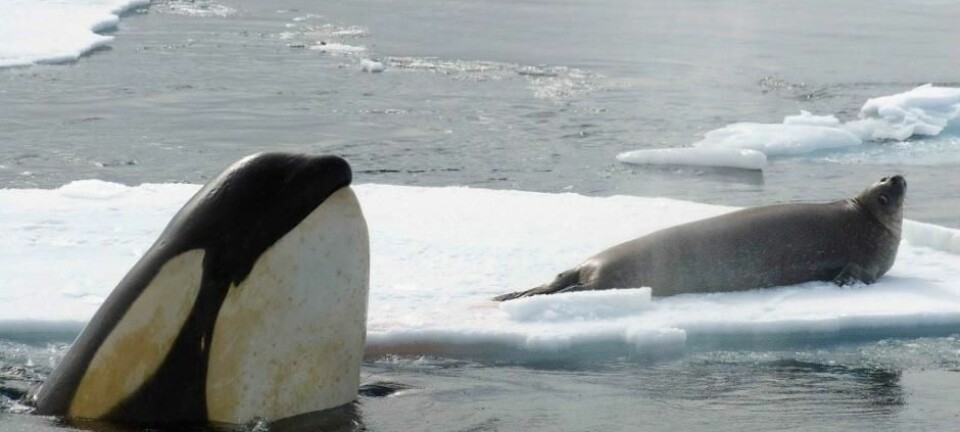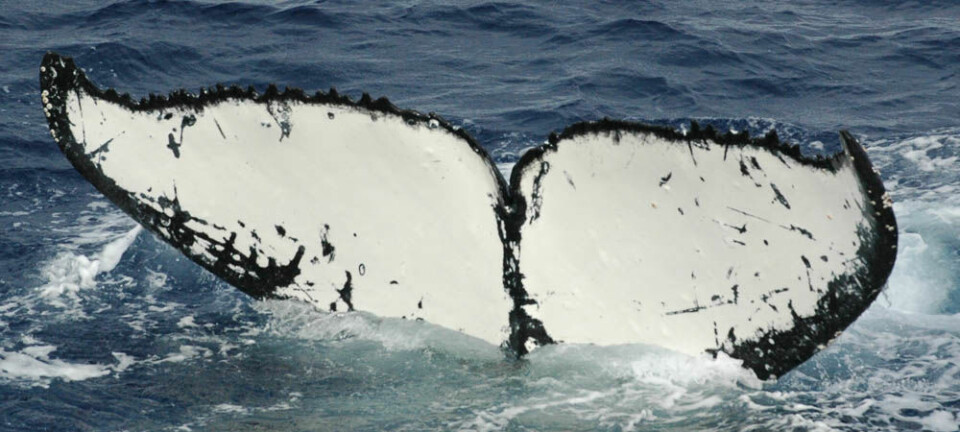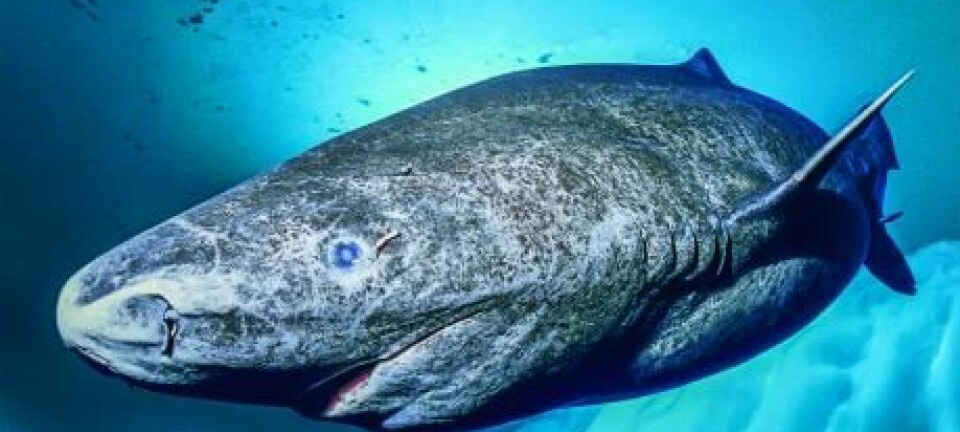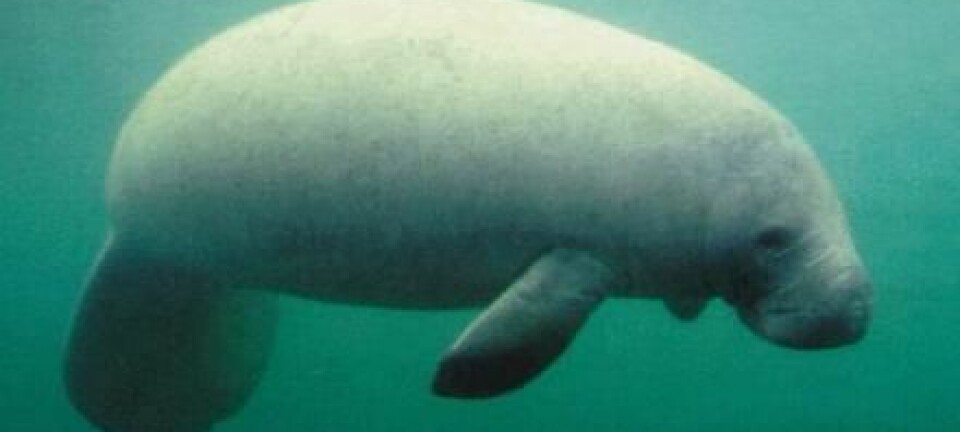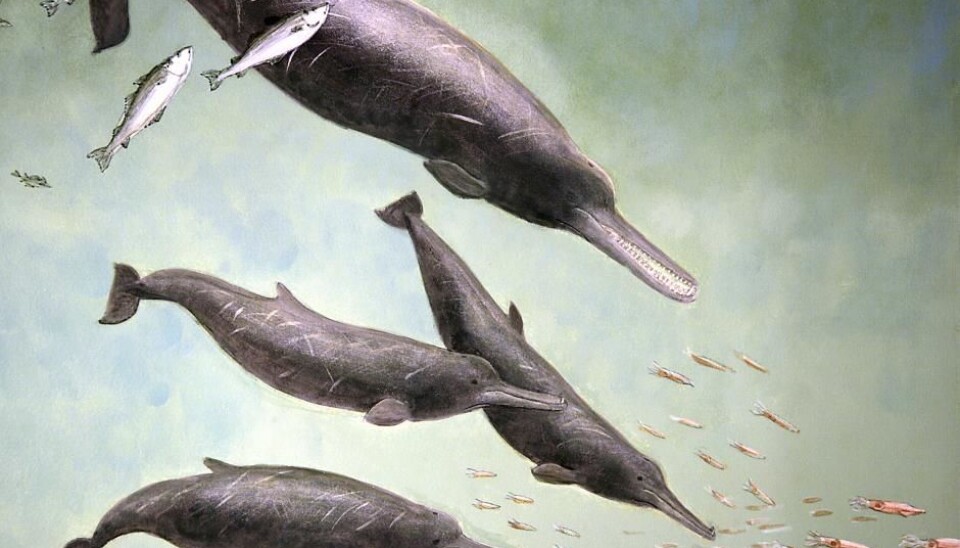
Meet ‘Mojn’, the ten million-year-old Danish whale
Scientists publish first scientific description of a ten-million-year-old fossil of a beaked whale discovered in Denmark.
Ten million years ago this prehistoric beaked whale was swimming around Gram Lergrav in Southern Jutland, Denmark. Thirty years ago, its fossilised remains were discovered and are now on display at Museum Sønderjylland, Denmark.
It was the first of its kind to be discovered in Scandinavia but has only recently been described in a scientific journal by Ph.D. student Benjamin Ramassamy from the University of Copenhagen, Denmark.
Ramassamy has named the species as ’Dagonodum Mojnum’ as a nod to the Southern Jutland greeting ‘mojn.’
The fossil whale is the first of the species ever to be discovered and belongs to the family of beaked whales (Berardius), which is the second largest group of whales alive today. But unlike its modern counterparts, Mojn lived in a very different type of environment.

“Today, all species within the beaked whale family generally live far away from the coast. They dive to great depths and typically forage on squid. However, this fossil whale lived near to the coast and wasn’t much of a diver,” says Ramassamy.
The new results, which are published in the scientific journal the Zoological journal of the Linnean Society, support the theory that the original beaked whales lived near the coast.
Read More: Why are banned chemicals still killing killer whales?
Mojn was probably a boy
Ramassamy has spent part of his Ph.D. studying the fossil whale and is fairly certain that Mojn was a male, due to the presence of what he describes as ‘battle teeth.’ The Mojn whale probably used them to fight rival males, says Ramassamy.
“Modern beaked whales often have aggressive interactions over females. The males developed large teeth, somewhat similar to how Elephants have large tusks, and use them to fight each other,” he says.
Today, both male and female Berardius whales have developed these battle teeth.
“So we can’t say for sure. There are still many unanswered questions about the Mojn whale. But Berardius is an exception, so in all likelihood the specimen found in Gram Lergrav was originally a male,” he says.
Read More: Culture is a strong evolutionary drive among killer whales
Praise from other scientists
Biologist Carl Christian Kinze, scientific editor at ‘Seals and Whales in Denmark’ praises Ramassamy’s work and agrees that Mojn probably did live a coastal life.
“It’s an excellent piece of work. It’s exciting to establish a new species and a new genus of beaked whales, which we know very little about. He’s done a great job,” says Kinze.
Whales as a species originated on land and become marine animals. As they evolved they moved farther out to sea and achieved the diversity that we know today, he says.
“This type of whale probably swam closer to the coast and lived in shallower water, even though we don’t know exactly what Southern Jutland looked like ten million years ago. But it makes sense, chronologically, and fits with what we know about the beaked whales’ evolution,” says Kinze.
Read More: Discovery of new whale species fills evolutionary gap
“Very important research”
Even though beaked whales are the second largest group of whales today, scientists know very little about their biology or way of life.
“We know very little about their life style, simply because they live offshore, and often in deep water. We know very little about how they live and what they do when they dive deep,” says Ramassamy.
Kinze agrees.
“It’s an oceanic whale that very rarely comes close to the coast. Today we can separate species with DNA tests, but before we often had to wait for them to strand themselves in order to study them,” says Kinze.
And this is precisely why the new description of a ten-million-year-old beaked whale is so important, he says.
-------------
Read the Danish version of this article on Videnskab.dk
Translated by: Catherine Jex
Scientific links
- Description of a new long-snouted beaked whale from the Late Miocene of Denmark: evolution of suction feeding and sexual dimorphism in the Ziphiidae (Cetacea: Odontoceti) DOI: 10.1111/zoj.12418
- Museum Sønderjylland
